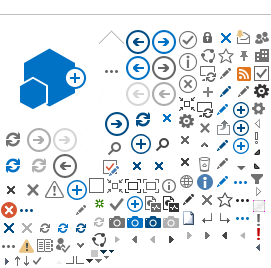Quality Assurance and Inspection Division
The Quality Assurance and Inspection Division aims at embedding “notions of quality into every aspect of school life for effective and efficient education delivery and improved student outcomes in a globally competitive environment" (QAF, 2023).
The
Quality Assurance and Inspection Division (QAID), set up in 2012, acts as an
interface between the Ministry of Education, Tertiary Education, Science and
Technology, State Secondary Schools and other stakeholders in the education
sector with the main purpose of ensuring that the vision and the objectives of
the Ministry are achieved.
Following a series of consultative meetings, the QAID launched its Quality Assurance Framework (QAF) in 2019. The QAF is a tool that has been developed to set down the parameters to gauge the quality of education dispensed in secondary schools. The document has been reviewed and updated in 2023 keeping in mind the context within which secondary schools are operating.
The quality assurance system that is deployed in schools involves a number of tasks that comprise:
 An initial self-evaluation by the schools to identify their strengths and areas for improvement
An initial self-evaluation by the schools to identify their strengths and areas for improvement
 An external evaluation carried out by the Quality Assurance and Inspection Division
An external evaluation carried out by the Quality Assurance and Inspection Division
 A School Improvement Plan that defines the steps needed to achieve improvement in all domains
A School Improvement Plan that defines the steps needed to achieve improvement in all domains
 A monitoring and evaluation mechanism that ensures that the implementation of the School Improvement Plan is effectively done.
A monitoring and evaluation mechanism that ensures that the implementation of the School Improvement Plan is effectively done.
The Quality Assurance Framework aims at evaluating the overall effectiveness of schools in the following four domains:
1. Student Attainment
2. Teaching and Learning
3. Leadership and Management
4. School Ethos and Infrastructure
The framework provides well-defined key result areas, performance indicators, level descriptors and overall effectiveness standards for each domain and for the school. It is not only a tool that gauges the quality of education being provided at school but also a road map that guides schools in their endeavor to improve the quality of performance at all levels.

